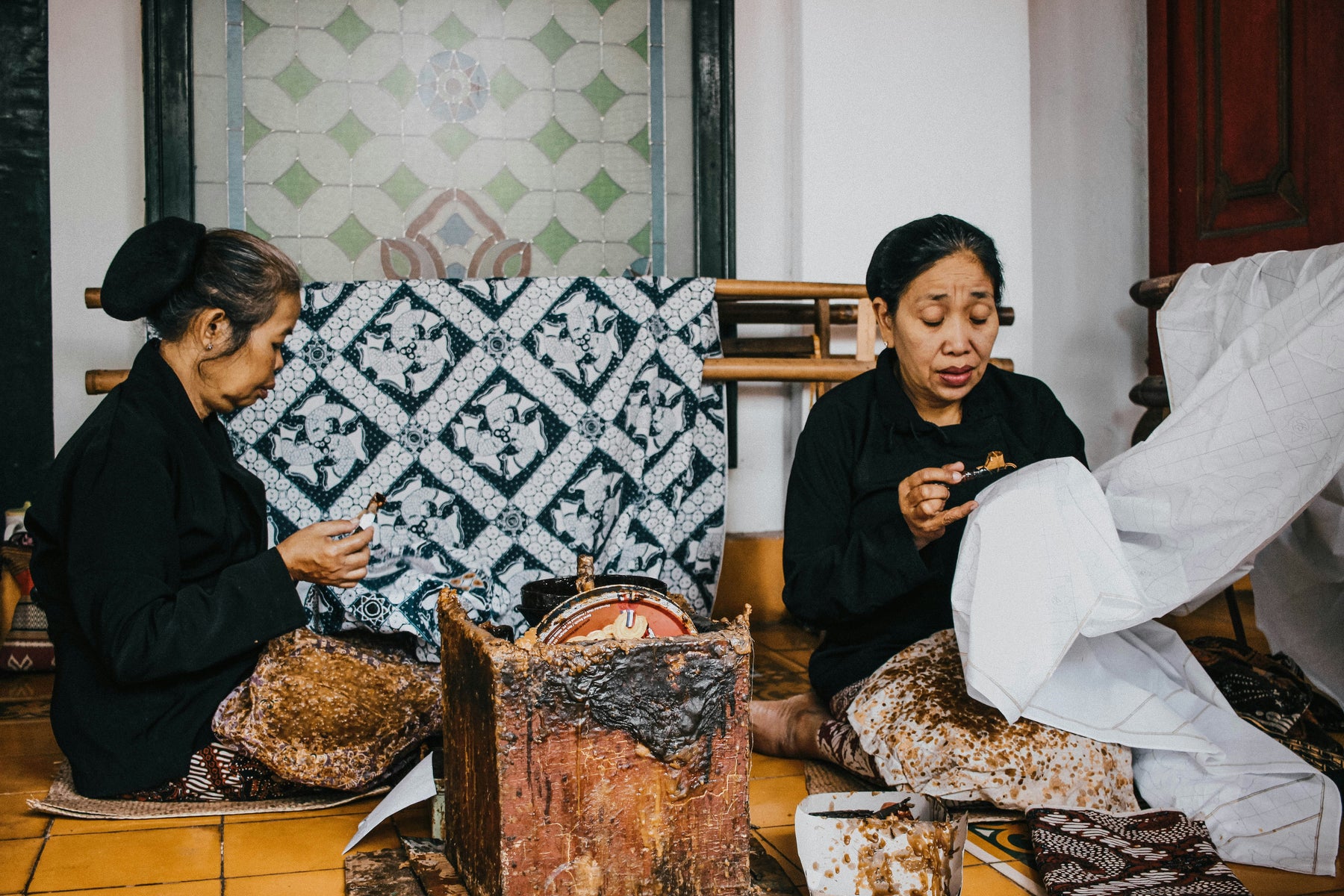
What are Batiks?
What Are Batiks?
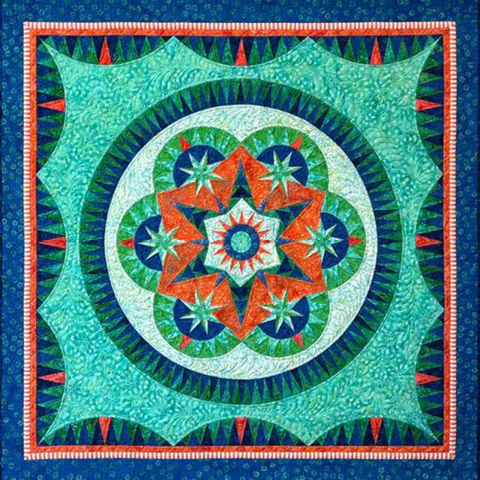
Batiks are beautiful, intricately colored fabrics favored by many designers and sewists alike. Interestingly, the term “batik” is used to describe both the dyeing process and the final textile. Batiks are similar to ikats, suzanis and chintz, all of which are other patterned textiles with similarly intriguing histories. There is an enormous cultural significance to the batik as it carries with it strong cultural history.
You’ll find that simplified batik patterns make for excellent tonal blenders.
What is Batik Fabric?
So what makes a batik a batik? There are different precise methods of creating batik fabrics, each with their own steps and materials. So when you see batiks grouped by “style”, this is in reference to the variations in the dyeing process.
The true batik comes from a dyeing process that utilizes hot wax. The wax goes on the fabric in the desired design before the fabric is dyed. When the dye bath soak is finished, the wax can be peeled or boiled away, leaving patches of fabric where the colors of the dye have been resisted by the fabric.
A Brief History of Batik Fabrics
The oldest known records of batiks date back over 2,000 years! The wax-resistant dyeing of batik fabrics is heavily associated with Indonesia, with the island of Java having a particularly refined and notable batik industry. Batiks spread across the ancient world via trade routes, ending up all over Asia and the Middle East.
In the modern day, you will find batik works incorporating not only traditional Indonesian designs, but also the imagery of other nations. It is not uncommon for the Japanese sakura (cherry blossom) or Arabic lettering to grace modern batik patterns.
Some records suggest that batiks (or other similar wax-resistant dye jobs) may also have come about independently in different cultures. Similar textiles have been noted in the ancient cultures of Africa and Europe, as well. So while the Indonesian batik reigns supreme in most people’s minds, there are other batiks out there, each with its own cultural history.
Different Kinds of Batiks
Batik Tuli
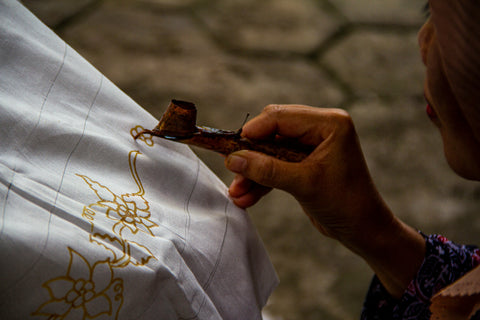
Tulis are created by hand using a tool called a canting to apply hot wax directly onto the fabric in the desired design, and typically on both sides of the fabric. This takes intense focus and skill. Throughout history, the making of batiks has had a spiritual element to it. Some people would pray before beginning, and for others the waxing and dyeing processes themselves were considered a spiritual event.
Batiks made in this traditional manner can take anywhere up to a year to complete. These beautiful projects are usually reserved for family heirlooms and other special purposes.
There is debate about the true origins of the word “batik”, but most believe it is a variation on the Javanese word for “drawing”. Looking at the painstakingly beautiful, hand-drawn Tuli patterns lends this theory credence.
Batik Cap
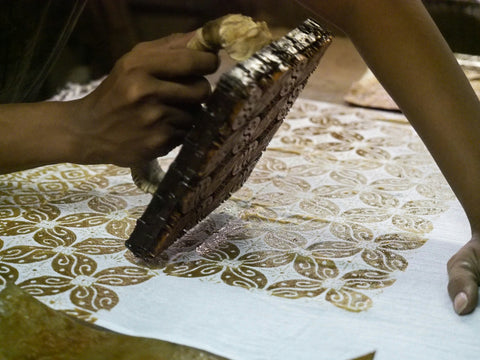
This is the most common type of batik you’ll find in U.S. quilt shops. The stamps help speed up the batik process without compromising the dye job. You can get the “resistant” part applied more quickly to the fabric with stamps (as opposed to hand-drawn imagery).
Don’t think that batik cap is cutting corners! It’s still an old textile tradition and UNESCO recognizes this type of batik as being of important cultural heritage to Indionesia.
Batik Luki
These batiks are made using a newer, “less traditional” method where one paints patterns and images onto the undyed cloth using anything from toothpicks to broomsticks! This is a very personal type of batik, and those who make them can really exercise their creative freedom to make their own style!
If you see a batik with a more noticeable color gradient, it was probably made in Luki style, as this method allows for greater experimentation with dye and wax colors.
Batik Pesisir
Printed Batik
Although not the authentic, handmade batiks, many designer fabric labels offer printed patterns that mimic the look of a traditional batik. These are a great option for those who want the style of a batik but don’t have the means or the budget to find authentic textiles. For many projects, printed patterns work well.
At RebsFabStash, we carry several lines of printed batiks from Timeless Treasures as well as pre-cut quilt kits that use these beautiful fabrics. Not hand-crafted in Indonesia, but still gorgeous patterns that brighten any room!
Uses for Batik Fabrics
Applique
Batiks are tightly woven fabrics, which makes them sturdy and a great choice for applique. Their complex designs will also make sure your applique “pops”!
Clothing
Batiks have a long and proud history as high end, traditional clothing in many countries. It is not uncommon for intricate Batik clothing to be passed down as a family heirloom!
Batiks printed on Rayon are especially great for clothing!
Quilting
Batiks can be used alongside your traditional cotton quilting fabrics. Like with the applique example, having some strategically placed batiks in your quilt will really make the design jump out at you!
You can also make quilts entirely with batik fabrics. Windham fabrics has a gorgeous line of seasonal batik paper piecing quilts which we offer here at RebsFabStash. They are complex designs that require patience, but they’re with it!
Shop our selection of batiks! We have bundles, kits, and yardage!
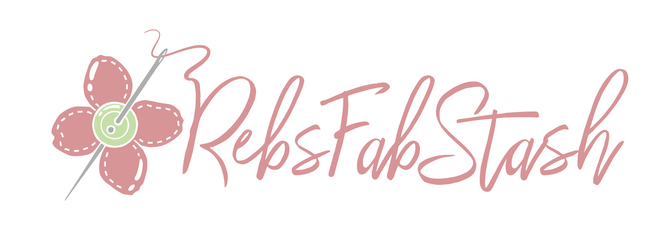

Leave a comment